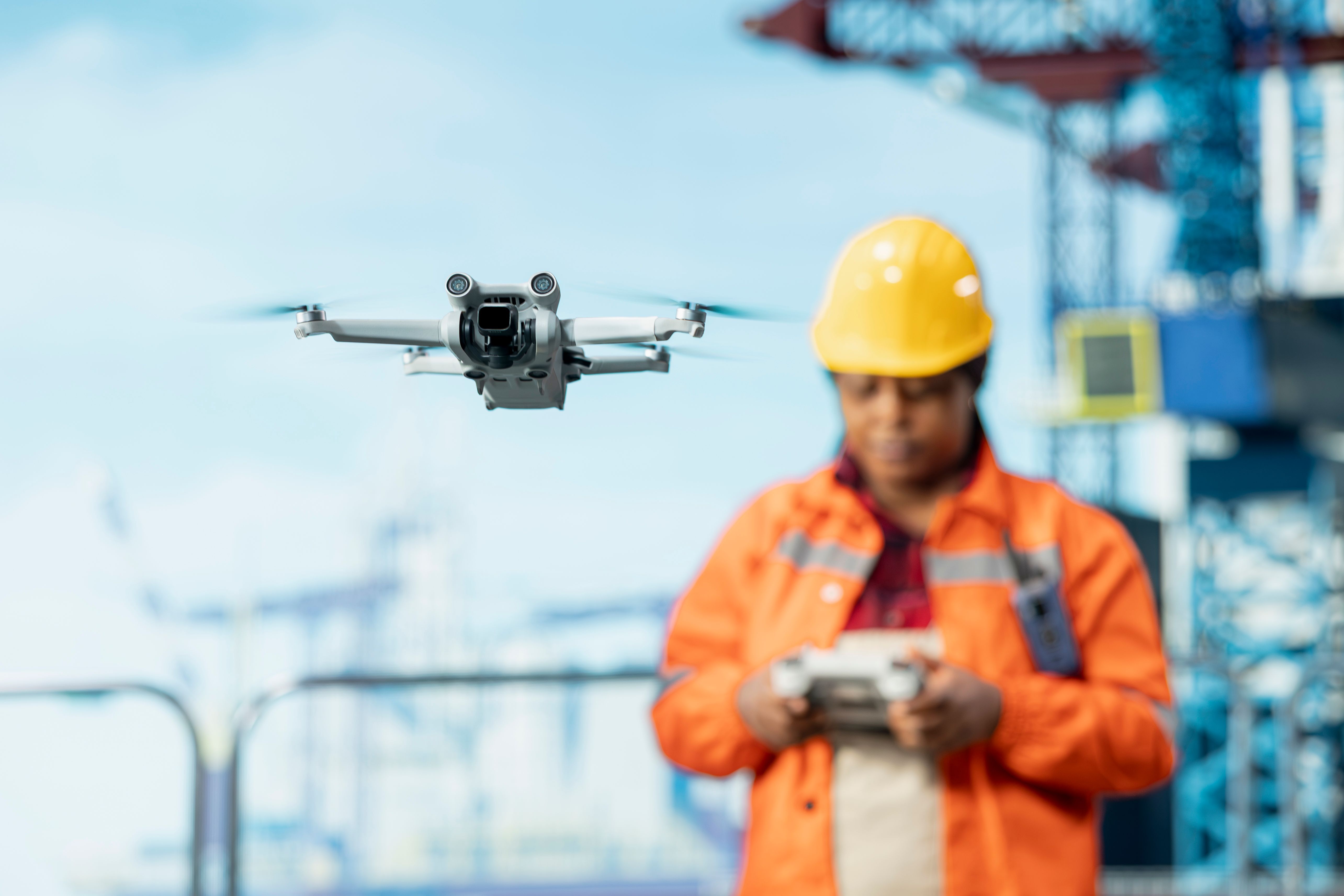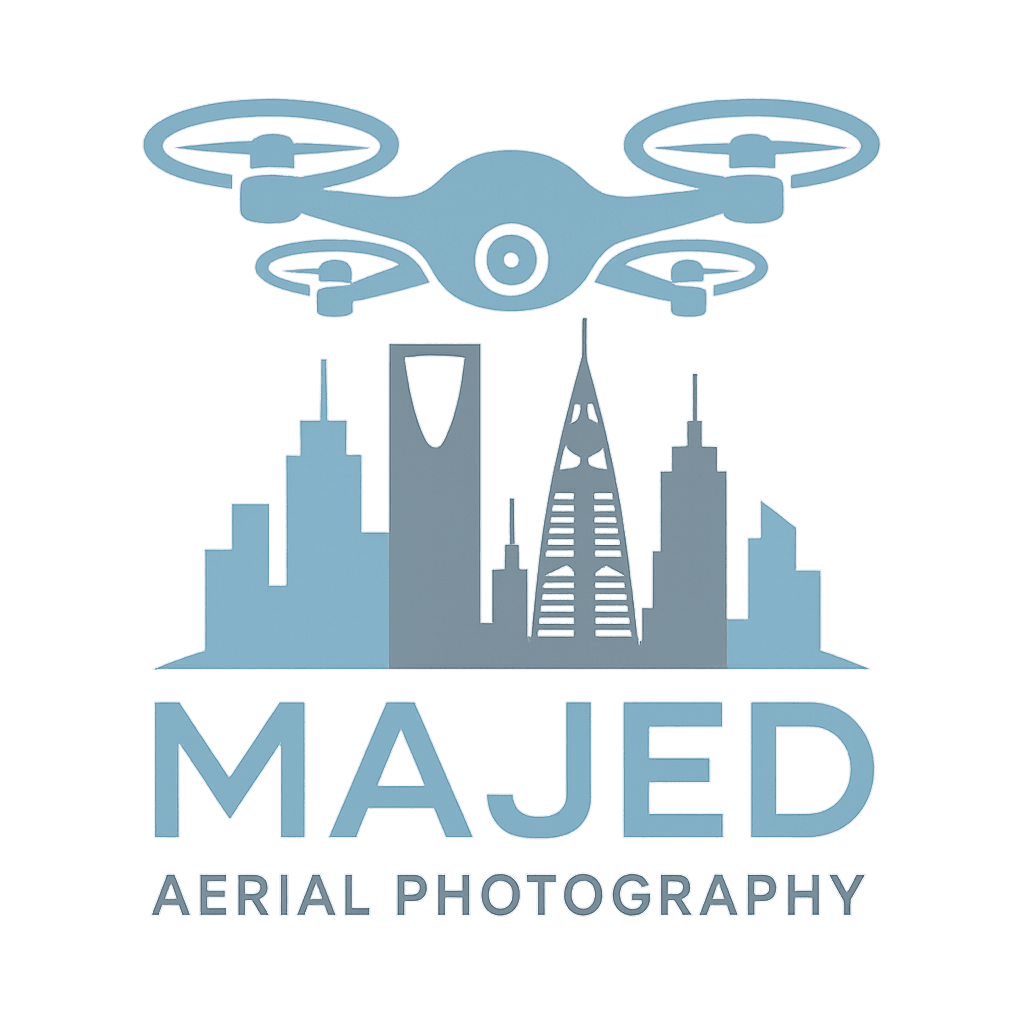Aerial Mapping Innovations: Transforming Urban Planning in Saudi Arabia
In recent years, aerial mapping has revolutionized urban planning across the globe, and Saudi Arabia is no exception. With the advent of cutting-edge technology, this innovation is reshaping how cities are designed and developed in the Kingdom. The use of aerial mapping techniques provides planners with a comprehensive view of landscapes, enabling smarter, more efficient urban growth.
Saudi Arabia's ambitious Vision 2030 plan aims to diversify the economy and improve the quality of life for its citizens. Aerial mapping plays a crucial role in achieving these goals by facilitating the development of sustainable, well-planned urban environments. The integration of this technology in urban planning ensures that cities are not only economically viable but also environmentally friendly.

Advancements in Aerial Mapping Technology
The advancements in aerial mapping technology have made it possible to capture high-resolution images and data with unprecedented accuracy. Drones, satellites, and aircraft equipped with advanced sensors are employed to gather detailed geographical information. This data is then processed to create highly accurate maps that urban planners can use to make informed decisions.
One of the key benefits of aerial mapping is its ability to provide real-time data. This is essential for urban planning, as it allows for timely adjustments and updates to be made. The use of Geographic Information Systems (GIS) in conjunction with aerial mapping data further enhances the precision and usability of the information gathered.
Benefits for Urban Planning
Aerial mapping offers numerous benefits for urban planning in Saudi Arabia. It enables planners to:
- Identify optimal locations for new infrastructure development.
- Assess environmental impact and ensure sustainable growth.
- Monitor ongoing projects and track progress efficiently.
- Enhance disaster management and emergency response planning.

By providing a holistic view of the urban landscape, aerial mapping helps planners optimize land use and resources. This makes it easier to design cities that are not only functional but also aesthetically pleasing and environmentally conscious.
Case Studies: Successful Implementations
Saudi Arabia has already seen successful implementations of aerial mapping in urban planning projects. For instance, the development of new smart cities like NEOM and the Red Sea Project heavily relies on this technology to ensure innovative, sustainable designs. These projects serve as models for future urban development in the region.
Another example is the utilization of aerial mapping in the expansion of existing cities such as Riyadh and Jeddah. By leveraging this technology, planners can efficiently manage the cities' growth while preserving green spaces and cultural heritage sites.

The Future of Urban Planning in Saudi Arabia
As Saudi Arabia continues to embrace aerial mapping innovations, the future of urban planning looks promising. The ongoing investment in technology and infrastructure will further enhance the capabilities of planners to create cities that meet the needs of a growing population while preserving the environment.
Moreover, the collaboration between government entities, private sectors, and technology providers will foster an ecosystem that supports continuous improvement and innovation in urban planning practices. As a result, Saudi Arabia is set to become a leader in sustainable urban development, setting a benchmark for other nations to follow.
